By studying rapidly evolving bacteria as they diversify and compete under varying environmental conditions, researchers have shown that temporal niches are important to maintaining biodiversity in natural systems. The research is believed to be the first experimental demonstration of temporal niche dynamics promoting biodiversity over evolutionary time scales.
The temporal niches – changes in environmental conditions that occur during specific periods of time – promoted frequency-dependent selection within the bacterial communities and positive growth of new mutants. They played a vital role in allowing diversity among bacterial phenotypes to persist.
The research provides new insights into the factors that promote species coexistence and diversity in natural systems. Understanding the mechanisms governing the origin and maintenance of biodiversity is important to scientists studying the roles of both ecology and evolution in natural systems.
“This study provides the first experimental evidence showing the impact of temporal niche dynamics on biodiversity evolution,” said Lin Jiang, co-author of the paper and an associate professor in the School of Biology at the Georgia Institute of Technology. “Our laboratory results in bacteria can potentially explain the diversity dynamics that have been observed for other organisms over evolutionary time.”
The research, which was supported by the National Science Foundation, was published July 9 in the journal Nature Communications.
In experimental manipulation of the bacterium Pseudomonas fluorescens, the researchers showed that alternating environmental conditions in 24-hour cycles strongly influences biodiversity dynamics by helping to maintain closely-related phenotypes that might otherwise be lost to competition with a dominant phenotype. The experiment followed the bacteria through more than 200 generations over a period of nearly two weeks.
In the laboratory, Jiang and graduate student Jiaqi Tan established communities of the bacterium in test tubes called microcosms. In designing the experiments, they collaborated with Colleen Kelly, a senior research associate in the Department of Zoology at the University of Oxford.
“You begin with one phenotype, and within two days, you might have two or three different phenotypes,” said Jiang. “The system can do this in a matter of days.”
Through a 12-day experimental period, the researchers subjected one group of cultures to 24-hour periods in which they were alternately allowed to grow undisturbed and shaken vigorously. To control for the impact of starting conditions, cultures within those two groups were chosen to begin with a period of static growth, while others began with a period of shaken growth. Finally, groups of control cultures were grown under continuous shaking or continuous static conditions.
During the study, the researchers periodically measured the population sizes of each phenotype present in each culture. Cultures subjected to alternating shaking and static conditions produced the highest level of diversity among the closely-related bacteria, which is often studied because it diversifies so rapidly.
“Static conditions promoted diversification,” Jiang explained. “But the shaking tended to maintain the diversity that had evolved. Both conditions were essential for high biodiversity.”
In experiments, the ancestral bacterial phenotype, which is known as “smooth morph,” quickly diversifies and generates two niche-specialists, known as “wrinkled spreader” and “fuzzy spreader.” Those, in turn, diversify into additional phenotypes. Competition for oxygen in the microcosms in which the bacteria grow is believed to drive the diversification; shaking the microcosms changes the levels of oxygen available to each phenotype. Because different phenotype groups inhabit different sections of the container, the shaking eliminated the preferred niches of some phenotypes.
The diversification in the microcosms experiencing constant shaking was much slower than in static microcosms. In microcosms experiencing temporal niche dynamics – the alternating shaking and non-shaking periods – the diversity increased rapidly and was maintained longer than in the other environments. The researchers found that the two different temporal niche dynamics environments – which differed only in their starting conditions – both produced richer biodiversity than those environments without it.
While the diversification occurred rapidly over a period of four days, the decline in the number of phenotypes due to natural competition took longer. Some of the phenotypes were ultimately excluded through the competitive processes.
“Diversity typically increases with time, then plateaus,” said Jiang. “Without temporal niche, diversity tends to decline. Temporal niche allows a greater diversity to be maintained over time than would be possible otherwise.”
Though the study focused on rapidly diversifying bacteria, the researchers believe it may have broader implications. The general theory of temporal niche dynamics was developed with more complex organisms, such as plants and corals, in mind.
“The mechanisms that promote biodiversity, which we call frequency-dependent selection, are very common in species,” said Tan. “As long as you have a strong intra-species competition within the populations, you are expected to see this frequency-dependent selection. Based on this most common mechanism that we find in this system, there are implications for other ecosystems.”
For the future, the researchers would like to study the effects of combining spatial and temporal niches in evolution.
“From this experiment, we know that temporal niche can maintain biodiversity,” said Tan. “Similarly, we want to manipulate spatial diversity to see if heterogeneity in the spatial scale can affect the maintenance of biodiversity.”
This research was supported by the National Science Foundation under grants DEB-1120281 and DEB-1257858. Any opinions expressed are those of the authors and do not necessarily represent the official views of the National Science Foundation.
CITATION: Jiaqi Tan, Colleen K. Kelly and Lin Jiang, “Temporal niche promotes biodiversity during adaptive radiation,” (Nature Communications, 2013). http://dx.doi.org/10.1038/ncomms3102
Research News
Georgia Institute of Technology
177 North Avenue
Atlanta, Georgia 30332-0181
Media Relations Contact: John Toon (404-894-6986)(jtoon@gatech.edu).
Writer: John Toon
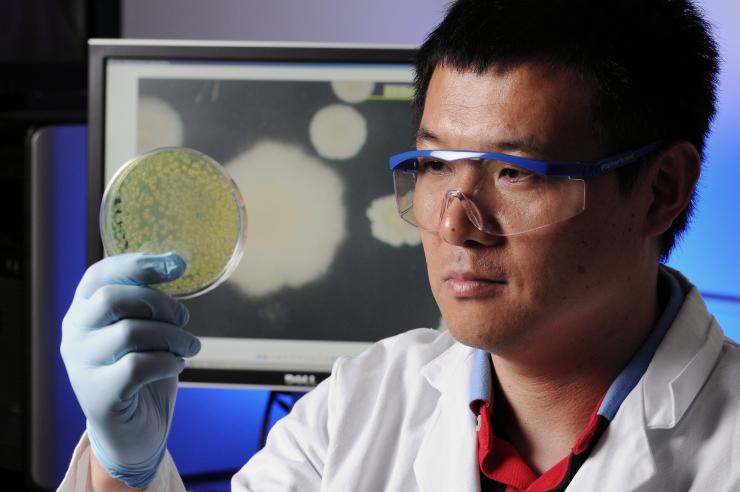
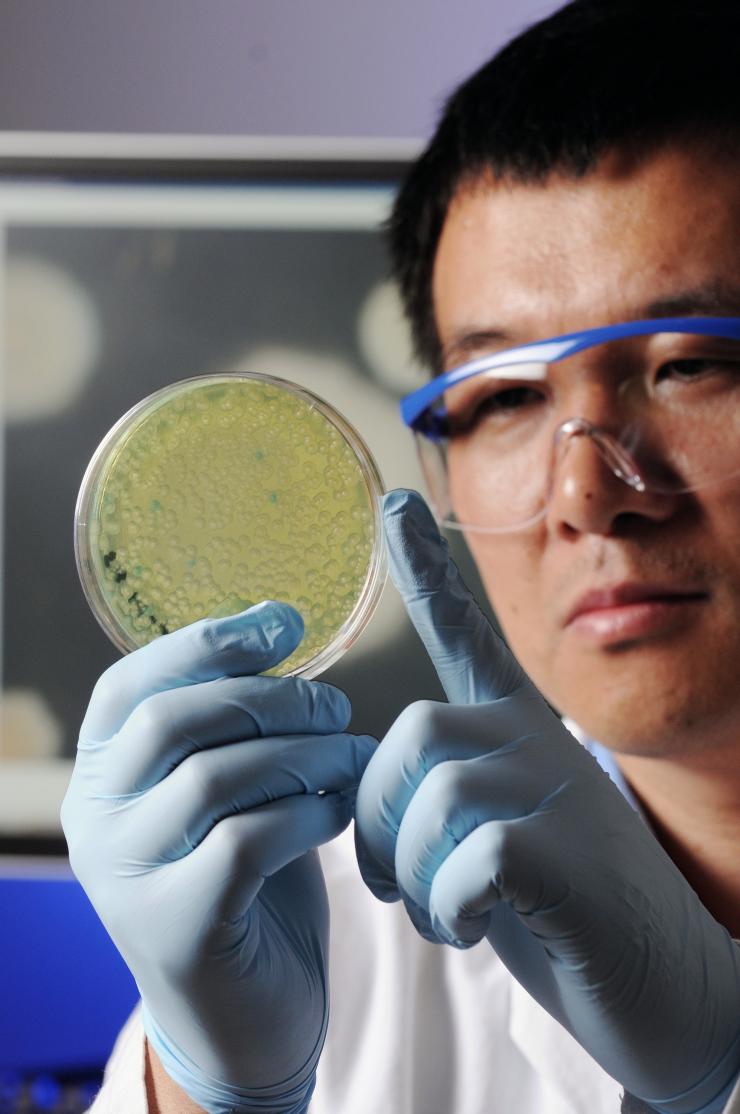
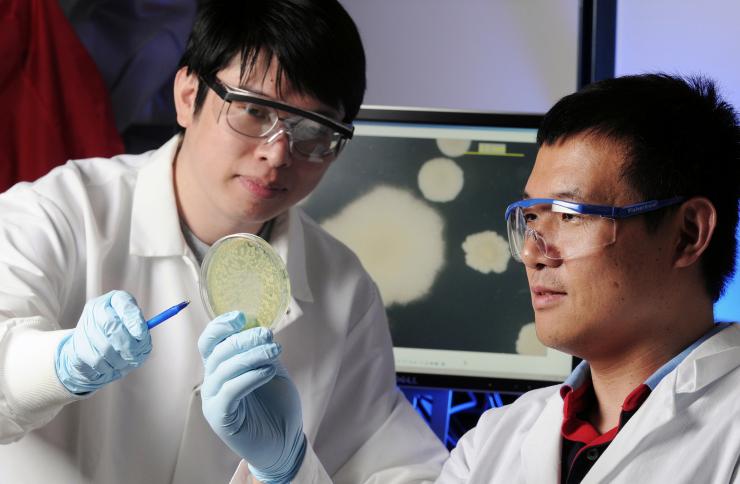
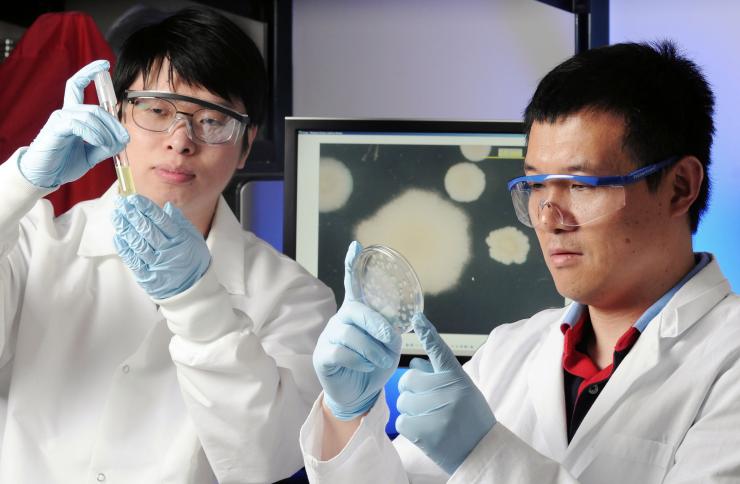
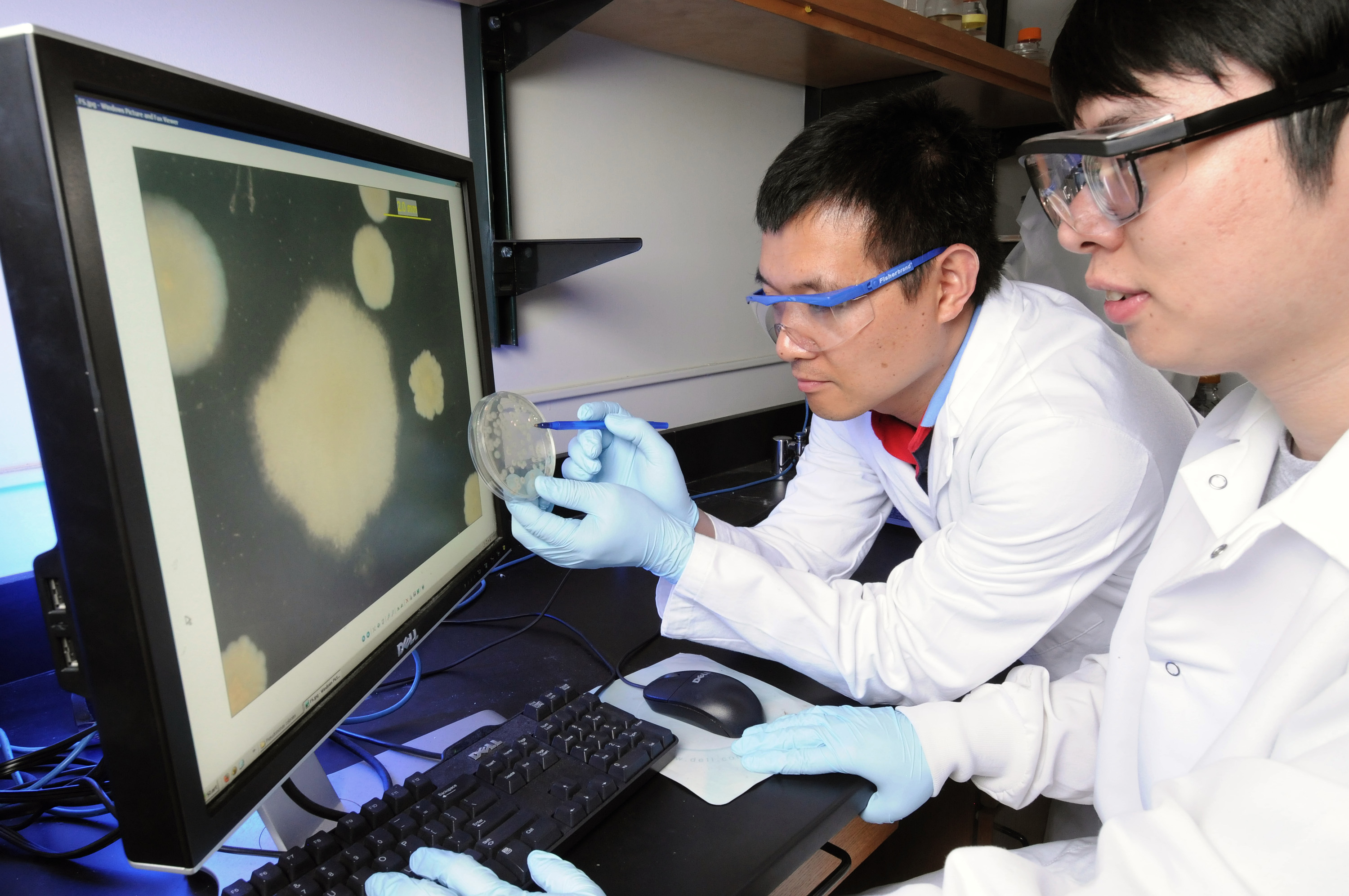
John ToonResearch Newsjtoon@gatech.edu(404) 894-6986
